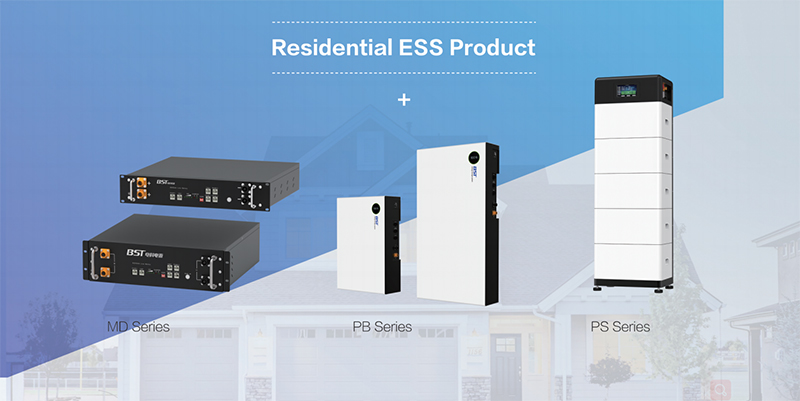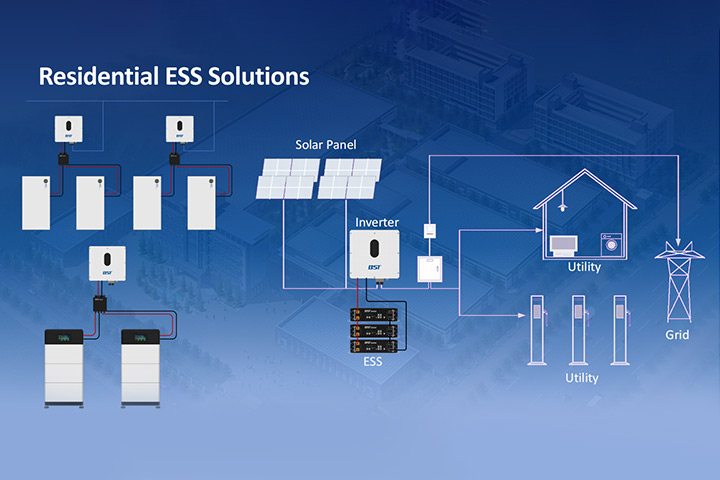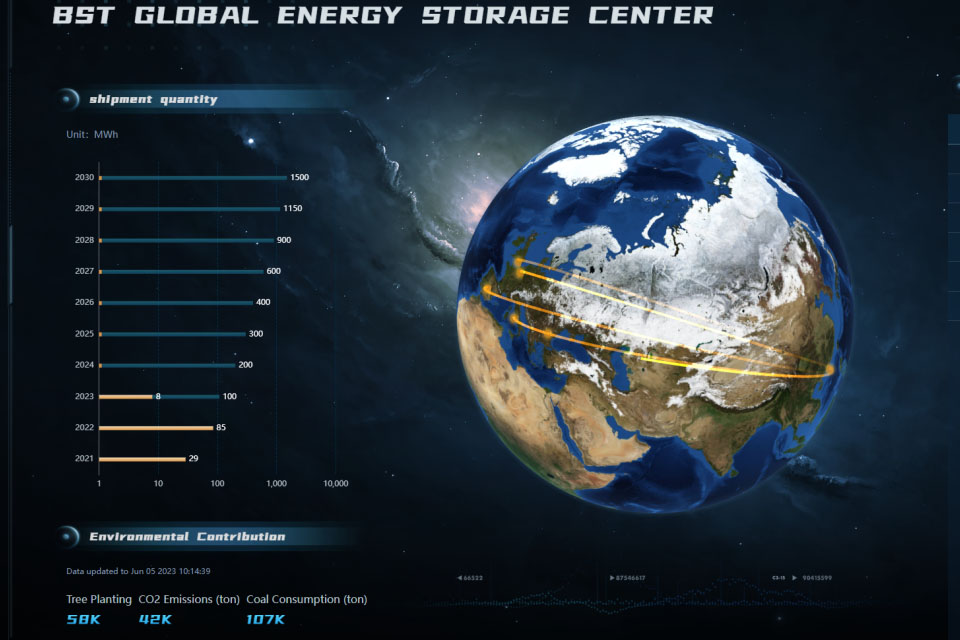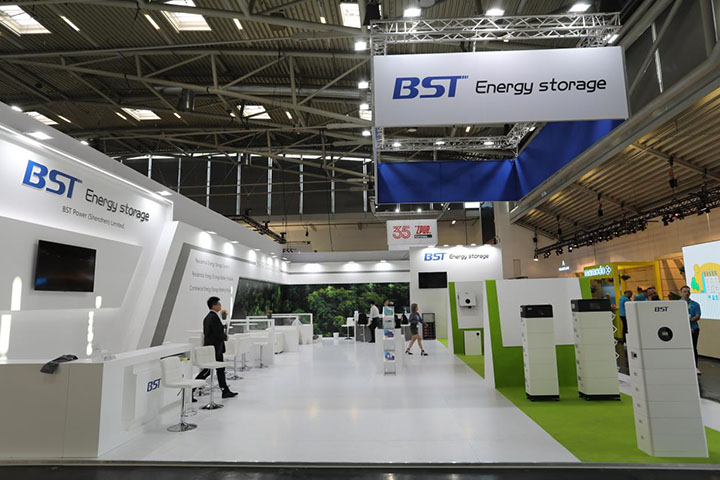Lithium Iron Phosphate (LiFePO4) batteries are among the most reliable and safest lithium battery technologies available today. Due to their long lifespan, high efficiency, and enhanced safety, they are widely used in solar energy storage, electric vehicles, RVs, marine applications, backup power, and industrial systems.
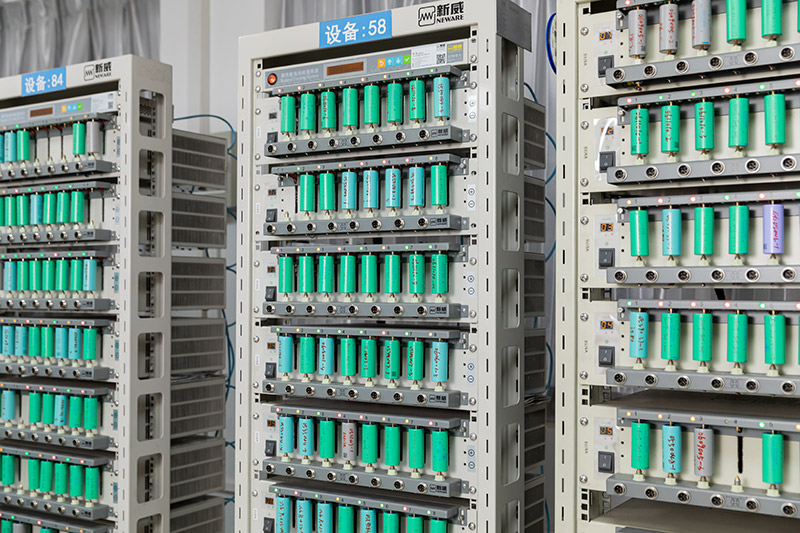
To maximize performance and extend battery life, proper charging is crucial. This article will provide a detailed step-by-step guide on correctly charging a LiFePO4 battery, explaining its advantages, and answering 10 of the most frequently asked questions about these batteries.
1. What is a LiFePO4 Battery?

LiFePO4 (Lithium Iron Phosphate) is a type of lithium-ion battery that offers:
✅ Longer cycle life (2,000–5,000+ cycles, vs. ~500 cycles for standard lithium batteries)
✅ Higher safety (resistant to overheating, no thermal runaway, no fire hazard)
✅ Better thermal stability (operates in a wide temperature range)
✅ Lightweight design (60% lighter than lead-acid batteries)
✅ Higher charge/discharge efficiency (up to 95-98% efficiency)
✅ Eco-friendly & non-toxic (contains no heavy metals like lead or cadmium)
Now that we understand its benefits, let’s dive into how to charge a LiFePO4 battery properly.
2. How to Charge a LiFePO4 Battery (Step-by-Step Guide)

Step 1: Use the Right Charger
🔹 Do NOT use a lead-acid charger unless it has a specific LiFePO4 mode.
🔹 A dedicated LiFePO4 charger ensures the correct voltage and prevents damage.
🔹 LiFePO4 batteries do NOT need float charging like lead-acid batteries.
| Battery Voltage | Recommended Charging Voltage |
|---|---|
| 12V (4S) | 14.2V – 14.6V |
| 24V (8S) | 28.4V – 29.2V |
| 48V (16S) | 56.8V – 58.4V |
💡 Best Charger Type:
- CC/CV (Constant Current/Constant Voltage) chargers are ideal.
- MPPT Solar Charge Controllers for Solar Charging Applications.
Step 2: Follow the Proper Charging Stages
1️⃣ Constant Current (CC) Phase
- The charger delivers a steady current (e.g., 0.2C to 0.5C of battery capacity).
- The battery voltage gradually rises.
- Example: A 100Ah LiFePO4 battery charged at 20A will take ~5 hours.
2️⃣ Constant Voltage (CV) Phase
- When the voltage reaches 14.6V (for a 12V battery), the charger holds the voltage constant.
- The current gradually decreases as the battery nears full charge.
3️⃣ Cutoff & Charge Completion
- Charging stops automatically when the current drops to ~0.05C (e.g., 5A for a 100Ah battery).
- DO NOT trickle charge LiFePO4 batteries!
Step 3: Maintain the Right Temperature
🔹 Optimal charging range: 0°C to 45°C (32°F to 113°F)
🔹 Do NOT charge below freezing (0°C/32°F) – This can cause lithium plating, damaging the battery.
💡 Tip: Use self-heating LiFePO4 batteries if charging in cold environments.
Step 4: Avoid Overcharging & Deep Discharging
✔ Stop charging at 14.6V (for 12V battery packs).
✔ Avoid full discharges (do not go below 10% SOC).
✔ Use a Battery Management System (BMS) to protect against overcharging, overheating, and short circuits.
Step 5: Choose the Best Charging Method
| Charging Method | Recommended Charger Type | Notes |
|---|---|---|
| AC Charger | LiFePO4-compatible charger | Safest option for home charging |
| Solar Panel | MPPT Solar Charge Controller | Ensures efficient charging |
| Alternator (Vehicle) | DC-DC Charger | Prevents alternator damage |
| Inverter/Generator | LiFePO4-Compatible Charger | Requires proper voltage regulation |
3. Advantages of LiFePO4 Batteries Over Lead-Acid & Other Lithium Batteries
| Feature | LiFePO4 Battery | Lead-Acid Battery | Other Lithium (NMC, LCO) |
|---|---|---|---|
| Lifespan | 2000–5000+ cycles | 300–500 cycles | 500–2000 cycles |
| Weight | Lightweight | Heavy | Moderate |
| Charging Speed | Fast (1-3 hrs) | Slow (8-12 hrs) | Moderate |
| Safety | High (No thermal runaway) | Risk of leaks/explosions | Higher risk than LiFePO4 |
| Maintenance | No maintenance | Needs water refills | Low maintenance |
| Efficiency | 95-98% | 70-80% | 85-95% |
Conclusion: LiFePO4 batteries are superior in safety, longevity, and performance, making them ideal for modern energy storage applications.
4. Top 10 Frequently Asked Questions About LiFePO4 Batteries
1. Can I charge a LiFePO4 battery with a lead-acid charger?
⚠ No! Lead-acid chargers may use incorrect voltages and cause battery damage.
2. How long does it take to charge a LiFePO4 battery?
- 0.5C charge rate (e.g., 50A for a 100Ah battery) → ~2 hours
- 0.2C charge rate (e.g., 20A for a 100Ah battery) → ~5 hours
3. Do LiFePO4 batteries require a BMS?
✅ Yes. A Battery Management System (BMS) protects against overcharging, deep discharge, and overheating.
4. Can I leave a LiFePO4 battery on the charger?
⚠ No. Unlike lead-acid, LiFePO4 does NOT need float charging. Disconnect once fully charged.
5. What happens if I overcharge a LiFePO4 battery?
- Overcharging can trigger BMS shutdown or reduce lifespan.
- Always use a LiFePO4-compatible charger.
6. Can I charge a LiFePO4 battery in freezing temperatures?
⚠ No. Charging below 0°C (32°F) can damage the battery. Use a self-heating LiFePO4 battery in cold conditions.
7. Can I use my car’s alternator to charge a LiFePO4 battery?
✅ Yes, but only with a DC-DC charger to prevent voltage mismatch.
8. Can LiFePO4 batteries be connected in series or parallel?
✅ Yes. Follow manufacturer guidelines for voltage matching and BMS compatibility.
9. How should I store a LiFePO4 battery long-term?
🔹 Charge to 50-70% SOC.
🔹 Store at -10°C to 35°C (14°F to 95°F).
🔹 Recharge every 3-6 months.
10. Are LiFePO4 batteries safe?
✅ Yes! They are non-flammable, have no thermal runaway, and are safer than other lithium batteries.
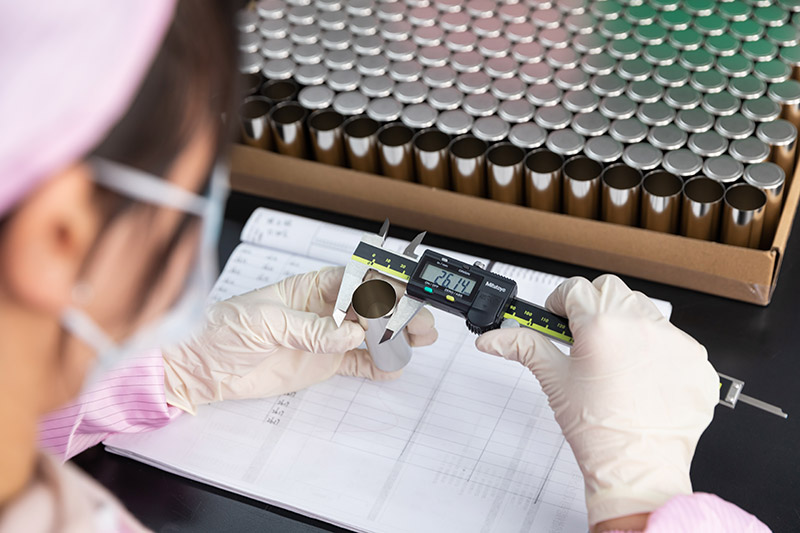
5. Conclusion
Charging your LiFePO4 battery correctly ensures a longer lifespan, better efficiency, and improved safety. Always use a dedicated charger, avoid overcharging/deep discharging, and maintain proper storage conditions.
💡 Thinking of switching to LiFePO4? Enjoy reliable, lightweight, and efficient power today! 🔋
